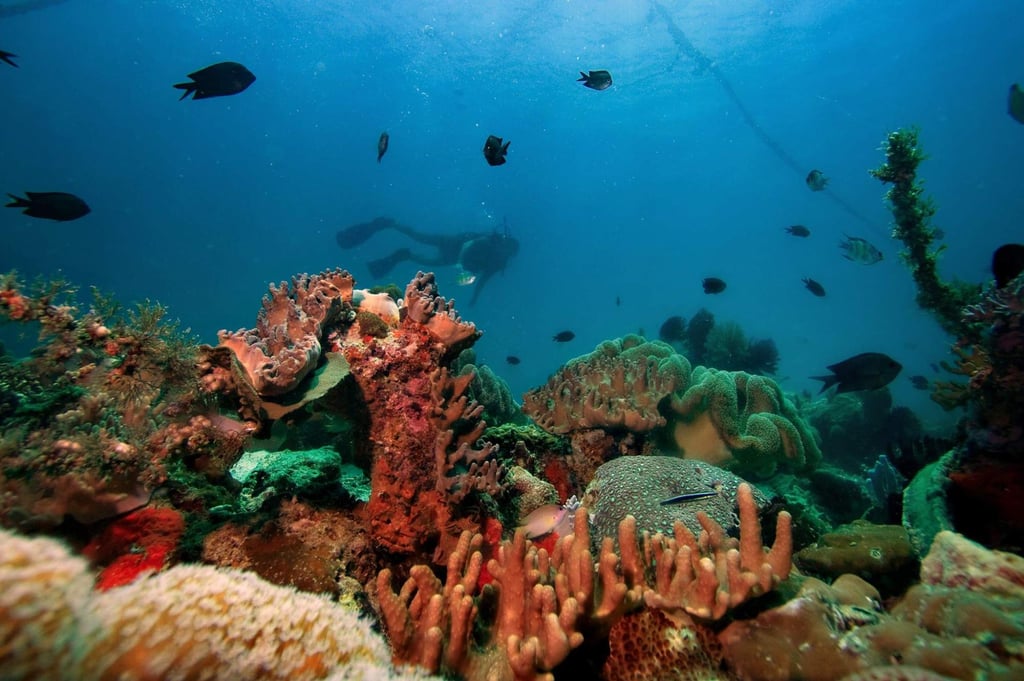Philippine locals lose hope as China-funded bridge threatens ‘biologically priceless’ Paradise Reef
- A proposed China-funded bridge could wipe out the rich marine ecosystem of Paradise Reef, one of the few healthy reef areas in the Davao Gulf
- The bridge promises to create jobs and boost economic development and trade – but the environmental effects are already being felt

It is one of the few areas in the Davao region where divers can access an abundance of hard and soft corals – barely 500 metres from the shore – at the aptly-named Paradise Reef.
Located in the Pakiputan Strait and stretching to the Davao Gulf, the reef is home to some 100 species of fish and century-old giant clams, according to locals.

But if a proposed China-funded bridge connecting Samal Island and Davao City went ahead, the rich marine ecosystem of Paradise Reef will be threatened, marine biologists say.
Paradise Reef must be protected at all costs because it is one of the few healthy reef areas in the Davao Gulf, said Cleto Nanola, a professor at the department of biological sciences and environmental studies at University of the Philippines Mindanao.
“There will be major species lost because of habitat degradation and siltation from the construction, and it will take so much time for the reef to recover, leading to biodiversity loss,” Nanola said.
The reef is one of the main attractions in the region, attracting around 200-250 tourists every day, according to the Rodriguez-Lucases, a wealthy local family that owns the site and runs the Paradise Island Beach Resort that has housed the coral garden for over 35 years now.